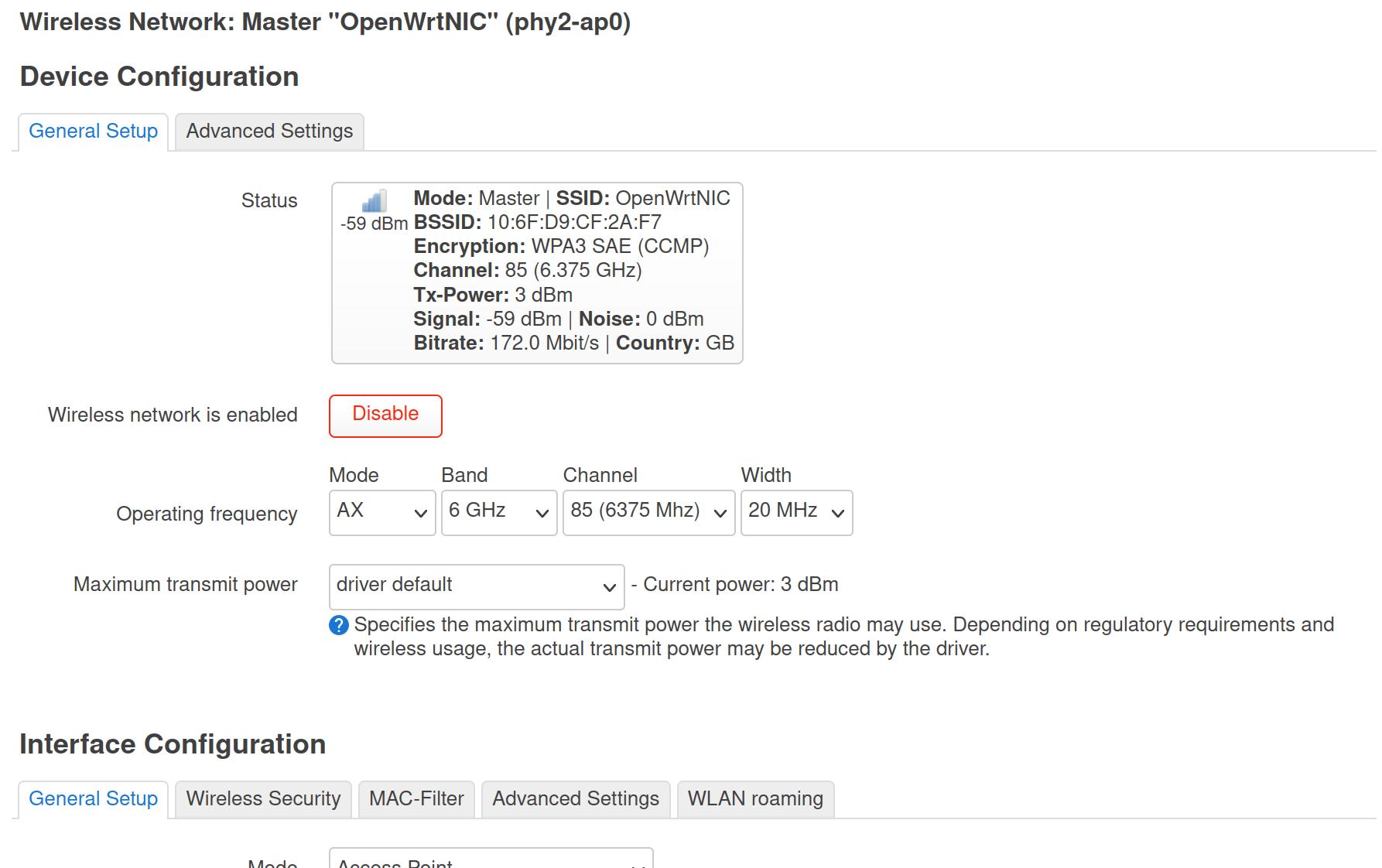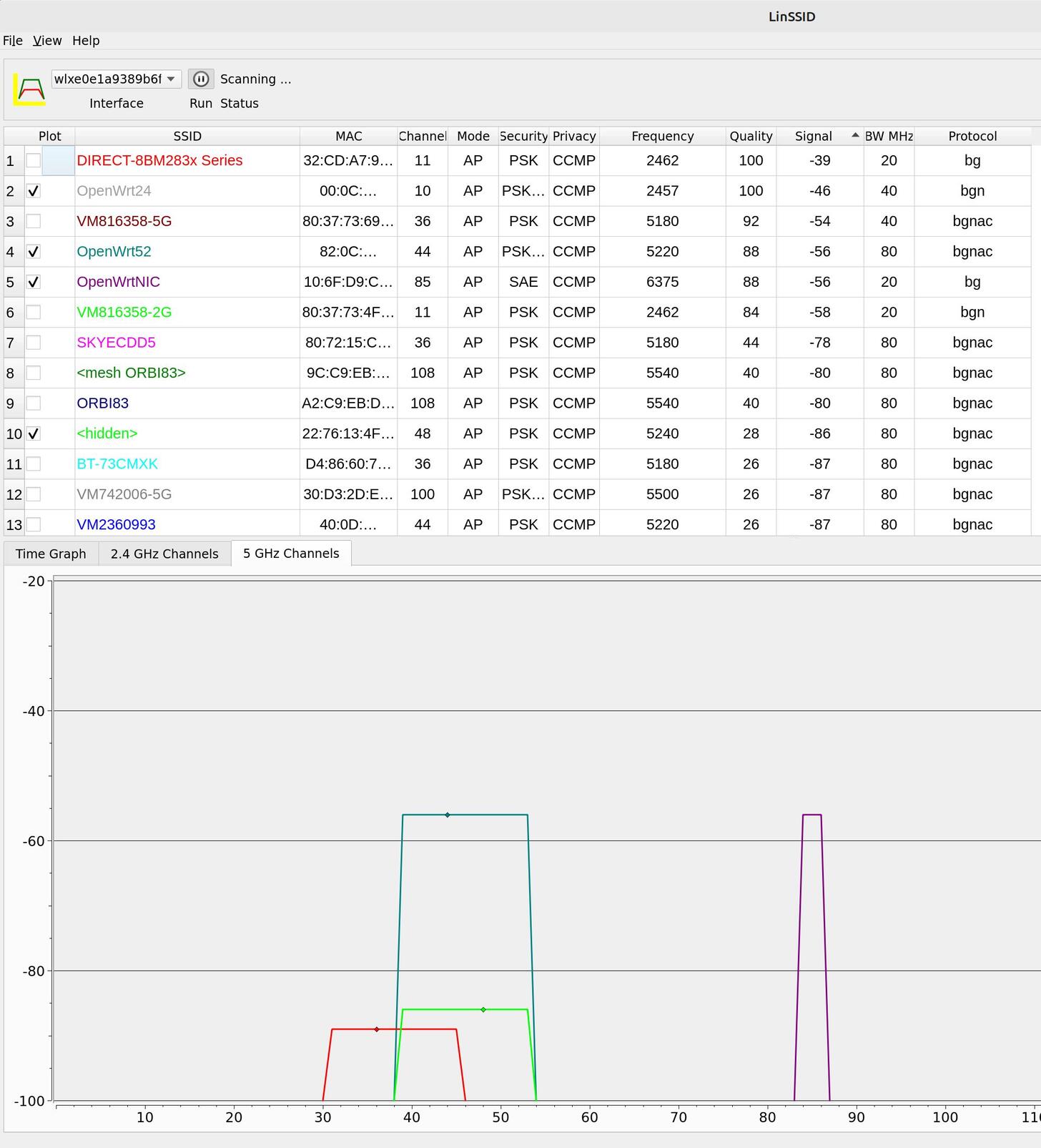It is understandable and I hope that the USB boot feature can be enabled in a future uboot version update, especially with having emmc instead of uSD.
While the case may not include holes to support everything, thankfully it is made of aluminum so it should be easy to drill out holes. The benefit is then you can drill the holes wherever you would like to place them.
It’s already on sale without the case, but not in large quantities
We have no plan to do usb boot for the time being, and there is a high probability that we will not do it in the future, Because now not only can SPI NAND boot, but also eMMC.
But there will be an SDK released, you can try to modify it yourself
beside drill out holes , you can also have 3D print the upper cover yourself, and put the 5G antenna inside
You can already just replace the U-Boot stored on the SPI-NAND and make sure it has all drivers and commands to boot from USB. Imho for this device you could even build U-Boot to follow a standardized boot protocol, ie. UEFI, ARM SystemReady, … And that can easily also work from USB.
Compared with the full-size BPi-R3 board, the only significant difference should be the Airoha 2500Base-T PHYs, which will need a driver (and firmware, in the vendor driver this firmware is just a huge array in a C header file) to be present in U-Boot and Linux. As both are available and licensed under GPL, it’s not hard for anyone with a little bit of experience in C programming and working with U-Boot or the Linux kernel to achieve this.
Any ETA on when the cases will be available?
How to order from germany? When will the board be available on joom?
BPI-R3 Mini out stock now , will ready soon .
Hi: I’m an old ‘newbie’ and have just got my R3 working with Openwrt. Great job guys! When I say ‘old’, the phrase “I love Luci” might remind some here. Alternatively, if I mention my first program ever was punched onto paper tape, that might be a better clue.
Just to say ‘thank you’ to all the people commenting on these forums and elsewhere. Some very good advice. Thanks also to the people who develop the software and make this device so much more useable.
A couple of things I noticed
- I stay on sdcard for the moment, until I’ve got a stable release. I notice that when I use Balena Etcher, I end up with 2 volumes on the microsd: One is the gpt volume that has all those partitions (7) on it. It takes a degree in criminology to work out what’s what. The second is a ZERO-sized mbr volume. This is seen in diskpart on Win11, and gparted comes up with “the backup GPT partition table is corrupt but the primary appears OK so that will be used”. I would love this sdcard to be gpt compaible, and for partitions to be able to be re-sized (where sensible) within LVM2 or whatever.
- I installed an Intel AX210 card (on an nvme card), and got the firmware files loaded into /lib/firmware, and the card ‘sort of’ working. I was hoping to use it as a relay bridge.There seems to be some incompatability.
As we cannot know the size of the actual micro SD the user is going to write the image one this is a hard one to fix, because the backup GPT is at the end of the disk… Probably something that will have to be addressed in Balena Etcher or the like (if at all).
Regarding the protective MBR: This is just to not have the uSD appear as “I’m empty, please format me” on systems not supporteing GPT.
Regarding resizing partitions: you can resize the fit partition which will result in larger rootfs_data overlay. Or use the autopart package of OpenWrt to automagically allocate all remaining space on the boot disk to LVM2.
Intel WiFi cards can only act in the station/client role, they are (deliberately, probably for legal reasons or to make certification cheaper) not able to perform the access point role. Hence Intel Wi-Fi hardware is not suitable for building a wireless bridge. Use MediaTek or Qualcomm radios instead.
Thank you so much for your reply.
I only mentioned the double volume, because I had never seen such an error message from parted before. It led me to buy new cards and reader/writers!! So at least now I can duplicate my cards easily! Yes, autopart is particularly helpful. I think of the snapshot as a minimum set to enable hardware use. Perhaps the sdcard size should be part of that ‘minimum set’. No doubt you’ve had those discussions yourselves: I first tried OpenWrt on a Pi2 as my first trial run, and as has been noted previously, the Raspberry Pi version can expand its file system from its own minimum set.
Re Intel I’ve put in an order for a Mediatek card to try out. Thanks for the response and thank you again for taking the time to respond. I hope to migrate to the R4 when I’ve ‘grown up’!
Regards, Colin
Thanks for BPI team.
Do you have any 3D printing files(.stl/.stp) for the casing? The upper one(.dxf) is not a casing but the diagram of the PCBs.
Thank for bpi team.
Can you update software openwrt with fix in emmc 8gb. I follow instruction in wiki bpi r3 mini. But the storage not increase to 8gb. Sorry for my bad english
sorry ,we just have DXF file ,not 3D file .
@sinovoip
Can you please fix the MTK driver EMMC image?
[BPI-R3 mini] Kernel panic after flashing OpenWRT 20230719 to EMMC with MTK driver
Just a quick update and question in my search for Wifi 6E capability. As advised, I switched from Intel to Mediatek, installing an MT7621k card on my 2280 adapter. Nice chip. As a ‘newbie’, I tried an ‘iw list’ (for the first time!!!) and was pleasantly surprised by the capabilities.
In wiphy phy2 (the Mt7621k card): At 5.2Ghz, I saw 28 channels, but only 9 work: the others have “(radar detection)” added to the Frequencies list. If I choose one of these in the AP, I get the result of “–db”, and the corresponding radio (above it in the Wireless section of Openwrt) shows a radio frequency that is the corresponding channel in the 6 GHz range… This table is a duplicate of the 5GHz section of Wiphy phy1, so I guess it’s ‘normal’
In the 6 GHz range, 24 channels (1-93) are available (5955-6415 MHz) and 35 (97-233) are disabled. None appear to work. However, I think these are in a 5GHz section. 160 Mhz bandwidth is not supported and only 2 power settings: (default), and 255db…which Openwrt informs me is 2.4 Megawatts…
So I’m still missing 6E capability, and I’m not sure this chip has it, despite the advertising.
Can others advise on 6E? Do I need to go to mt7622? Does this mean upgrading Linux from 5.15 to 6.3+ ? (And I’ve no idea how)
Incidentally my PC is dual-boot with LinuxMint at Linux 6.2, and has an mt7621au chip (Comfast CF-953AX USB adapter). That only came to life after a small mod from “morrownr”:
the rules.d file below added to /etc/udev (remove the leading quotes)
"# https://github.com/morrownr/USB-WiFi/discussions/88
"# Upstream kernel patch included in version 6.3
"# TODO: delete this file after upgrading to kernel 6.3+
ACTION==“add”,
SUBSYSTEM==“usb”,
ENV{ID_VENDOR_ID}==“3574”,
ENV{ID_MODEL_ID}==“6211”,
RUN+="/usr/sbin/modprobe mt7921u",
RUN+="/bin/sh -c ‘echo 3574 6211 > /sys/bus/usb/drivers/mt7921u/new_id’"
Sorry if I’m constantly replying to my own messages…
Got 6E working at last. The key was to select WPA3 Security!!! I hadn’t realised until today that 6E ONLY operated over WPA3 and 20MHz bandwidth. Now running on Ch 85 6.375 GHz. Interestingly, I can only detect the 6E network on my mt7621au adapter (as above), but not the AX210 Linux 6.2 PC adapter. The new AX210 adapter in my 9 year-old laptop picks it up perfectly.
Happy at last!
Can you share AP config from r3?
Hope this is what you mean:




Just a small comment: this is not a totally reliable connection - it doesn’t come up every time I edit,-save-&-apply. I’m not sure how I can ‘prove’ it’s actually 6E. This was the only connection on my PC - I had switched off the AX210 pcie adapter and the LAN and only the Mediatek mt7621au USB adapter was active. On the BPI R3, all 3 radios were active: radio 0, 1 and 2. Radio 2 is the mt7621k (on m.2 2280 adapter). I suspect this is protocol a/ax, with the emphasis on ‘a’… the speeds are 200-300Mbps, though my www internet speeds max out at 140Mbps. Protocol a/ax was what my laptop (next to the router) recorded, from InSSIDer, using its AX210 pci adapter.